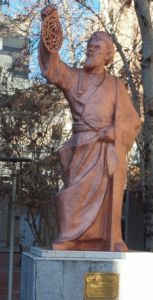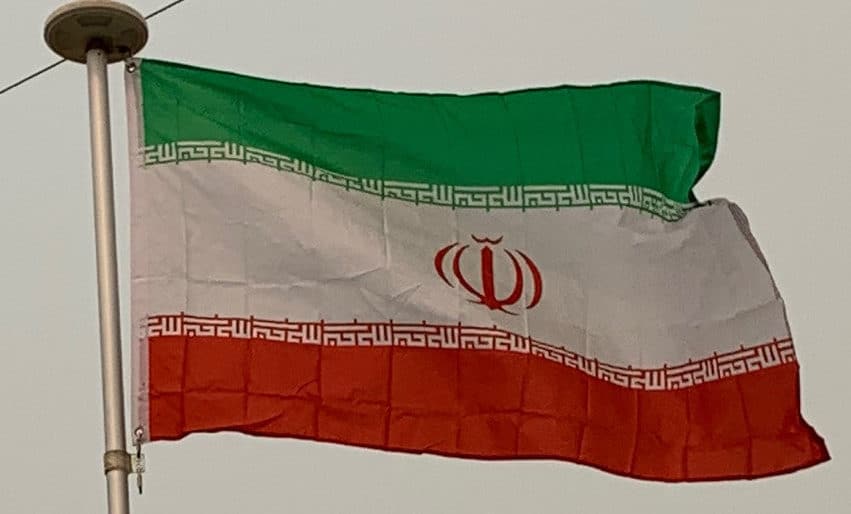After two centuries of Arab rule, semi-independent and independent Iranian kingdoms—including the Tahirids, Saffarids, Samanids, and Buyids—began to appear on the fringes of the declining Abbasid Caliphate. By the Samanid era in the ninth and 10th centuries, the efforts of Iranians to regain their independence had been well solidified.
The blossoming literature, philosophy, mathematics, medicine, astronomy and art of Iran became major elements in the formation of a new age for the Iranian civilization, during a period known as the Islamic Golden Age. The Islamic Golden Age reached its peak by the 10th and 11th centuries, during which Iran was the main theater of scientific activities. After the 10th century, Persian, alongside Arabic, was used for scientific, medical, philosophical, arithmetical, historical, and musical works, and renowned Iranian writers—such as Tusi, Avicenna, Qotb-od-Din Shirazi, and Biruni—had major contributions in scientific writing. Among Iran’s famous medieval scientists, Al-Khwarizmi (whose name was Latinized as Algoritmi) gave a significant role in the development of the Arabic numerals and algebra through his 9th-century work On the Calculation with Hindu Numerals that is globally adopted as the modern numerical system.

The cultural revival that began in the Abbasid period led to a resurfacing of the Iranian national identity; thus, the attempts of Arabization never succeeded in Iran. The Shu’ubiyya movement became a catalyst for Iranians to regain independence in their relations with the Arab invaders. The most notable effect of this movement was the continuation of the Persian language attested to the works of the epic poet Ferdowsi, now considered the most prominent figure in Iranian literature.
The 10th century saw a mass migration of Turkic tribes from Central Asia into the Iranian Plateau. Turkic tribesmen were first used in the Abbasid army as mamluks (slave-warriors), replacing Iranian and Arab elements within the army. As a result, the Mamluks gained a significant political power. In 999, large portions of Iran came briefly under the rule of the Ghaznavids, whose rulers were of mamluk Turkic origin, and longer subsequently under the Seljuk and Khwarezmian empires. These dynasties had been Persianized, and had adopted Persian models of administration and rulership. The Seljuks subsequently gave rise to the Sultanate of Rum in Anatolia, while taking their thoroughly Persianized identity with them. The result of the adoption and patronage of Iranian culture by Turkish rulers was the development of a distinct Turko-Persian tradition.
From 1219 to 1221, under the Khwarazmian Empire, Iran suffered a devastating invasion by the Mongol army of Genghis Khan. According to Steven R. Ward, “Mongol violence and depredations killed up to three-fourths of the population of the Iranian Plateau, possibly 10 to 15 million people. Some historians have estimated that Iran’s population did not again reach its pre-Mongol levels until the mid-20th century.”
Following the fracture of the Mongol Empire in 1256, Hulagu Khan, grandson of Genghis Khan, established the Ilkhanate in Iran. In 1370, yet another conqueror, Timur, followed the example of Hulagu, establishing the Timurid Empire which lasted for another 156 years.
